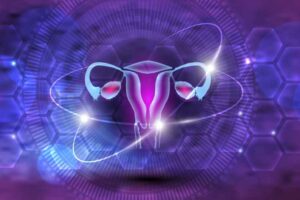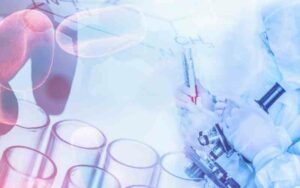Where are we going in 2022? We are coming from an amazing year. We have taken advantage of the change we have experienced in these last months or years already, adapting to the fact that now we travel less, and we have more time. It really has been one of the best years in terms of new ideas -which never stop- and new projects, publications in the best journals, communications and awards at conferences, and grants obtained. Our scientific productivity continues to increase, as a result of the intense activity of the group, which is in one of its best moments.
But what will happen in the future? Making predictions is complex, and as Niehls Bohr, a Danish Nobel Prize winner in physics at the beginning of the 20th century, used to say, “especially about the future”. What is certain is that during these unprecedent times, we have experienced what might be considered a very interesting “testing period” for innovation, both to review the way we work and to propose new models for the future. Our patients as well as we as health care providers have been forced to consider new ways of working. And in the field of innovation, everything starts with changes: some may remain just that, in tests that do not progress and disappear. But others do, they reach a turning point, and from there they move forward at a rapid pace.
For example, we have witnessed how something that two years ago was a bit uncomfortable, such as a first virtual visit with our patients through one of the usual platforms (Teams, Skype, Zoom…), has now become routine. We also use it for many other things, including team meetings: we have learned to make them almost as fruitful as face-to-face meetings.
Our patients are changing also, and the new generations of patients, the “millennials” want things sooner, they manage much more information and want to discuss their treatment options with us, they have less time, and we have to adapt our technology to their needs. And above all, be attentive so that these changes occur in time: not too early, with the risk of being incorporated (as almost happened to Tesla), nor too late (who goes today to the video store on a Friday night to watch a movie having Netflix, HBO or Prime?).
At the Innovation pipeline we are working on many lines that may change many of the things we do as we do them today. In fact, there are already advanced experiences in the remote control of cycles, with folliculometries that can be done by the patient herself at the privacy home or at work, send her data to the cloud and be interpreted remotely. If today pay-per-use is increasingly accepted (think of electric scooters, or airbnb, or streaming music), why not consider measuring hormones at home, as diabetic patients already do with blood glucose? Or even a kind of Glovo-Health that transports capillaries that can be collected by the patient. Think that Amazon has already created a branch of Amazon Health and each time its telemedicine model will be gaining market share.
If we think about both clinical and laboratory decision making, this is certainly going to be more and more supported and based on artificial intelligence. Personalization of the type of ovarian stimulation, how and when to do the trigger, or how to select embryos that have most likely been cultured in robotic systems, is getting closer and closer to moving from prototypes to reality.
Technology will also help us to understand biology in a way that we have not been able to do so far. Endometrial transcriptomics is already in generation 2.0, advances in ovarian rejuvenation are already beginning to be applied, much more detailed images of the uterus and its cavity, and intracavitary ultrasound -why not, if probes are available-. This and much more are the dreams of our researchers, because in reality research is dreaming. What would those who heard Bob Edwards say years ago that he was going to remove an oocyte through the laparoscope and under general anesthesia, and then transfer a 3-day-old human embryo in the uterus, again under general anesthesia and laparoscopy, think? Well, a few years later, here we are.
Stay tuned, we have some very interesting years ahead of us!
Juan Antonio García Velasco
Chief Scientific Officer for IVIRMA Global





